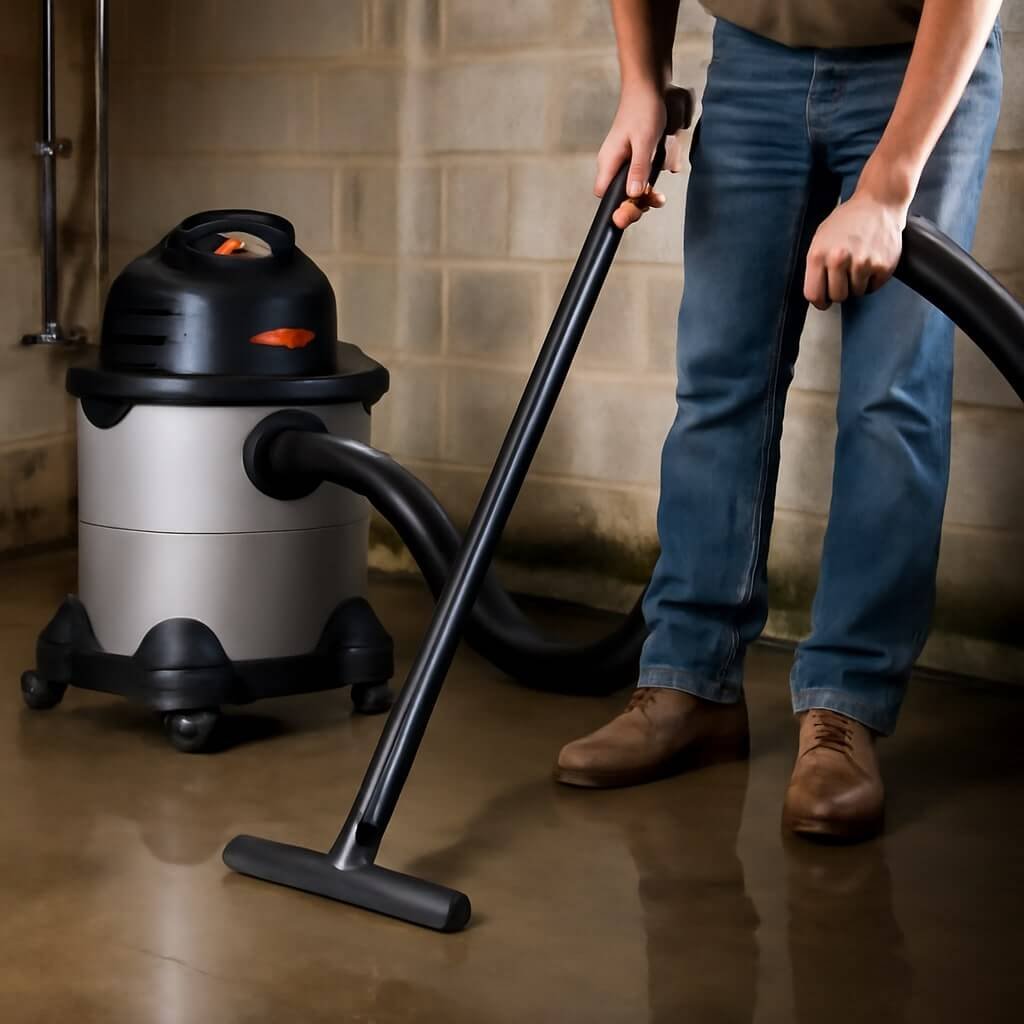Basement water damage is one of the most common—and costly—problems homeowners face. Whether it’s due to flooding, leaks, or high humidity, water in your basement can cause serious structural damage and even health risks such as mold growth. But the good news? With proactive prevention, you can protect your basement and your home from water damage effectively.
In this comprehensive guide, we’ll cover everything you need to know about basement water damage prevention, including the top 15 tips every homeowner should follow to keep their basement dry, safe, and structurally sound.
Understanding Basement Water Damage
Before diving into prevention tips, it’s crucial to understand what causes basement water damage and the risks involved.
Common Causes of Basement Water Damage
Basement water problems usually arise from a few key sources:
- Poor drainage: When water doesn’t flow away from your home properly, it can pool around your foundation and seep inside.
- Cracks in foundation walls or floors: Water exploits these weak points to infiltrate your basement.
- Leaky or clogged gutters and downspouts: Overflow can saturate the soil near your foundation.
- Plumbing leaks: Broken or leaking pipes in or near the basement add to moisture issues.
- Groundwater flooding: Especially during heavy rains or snow melts.
- High humidity: Causes condensation and promotes mold growth.
Risks Associated with Basement Water Damage
Ignoring basement water problems can lead to:
- Structural weakening of foundation walls and floors.
- Mold and mildew growth that affect indoor air quality and health.
- Damage to stored belongings and finishes.
- Increased repair costs if the problem worsens.
- Pest infestations are attracted to damp environments.
Essential Preparation for Basement Protection
Inspecting Your Basement Thoroughly
Start by performing a detailed inspection to look for signs of water damage:
- Damp spots or discoloration on walls or floors.
- Musty odors.
- Peeling paint or wallpaper.
- Cracks or gaps in the foundation.
- Rusted pipes or fixtures.
Evaluating Your Property’s Drainage System
Proper drainage is key to preventing water damage. Check if:
- Gutters and downspouts direct water away at least 5-10 feet from the foundation.
- The soil slopes away from your home.
- Drainage tiles or French drains are functioning well.
Top 15 Prevention Tips for Basement Water Damage
Install Proper Gutters and Downspouts
Gutters catch rainwater from your roof and channel it away through downspouts. Without them, water runs directly off the roof, saturating the soil around your foundation. Make sure gutters are clean and downspouts extend far enough from your home.
Grade the Landscape Away from the Foundation
The soil around your house should slope downward at a rate of about 1 inch per foot for at least 6 feet away. This grading directs rainwater away, preventing pooling near your foundation.
Seal Basement Cracks and Openings
Even small cracks can allow water to seep inside. Use hydraulic cement or waterproof sealants to fill cracks in walls and floors. Don’t forget to seal around pipes and windows.
Maintain Basement Plumbing
Regularly check plumbing pipes and fixtures for leaks or corrosion. Address any issues quickly to avoid water accumulation.
Install a Sump Pump
A sump pump removes water that collects in a sump basin, usually located in the basement floor. It’s a lifesaver during heavy rains or flooding events. Regular maintenance ensures it works when needed.
Use a Dehumidifier
Basements tend to be damp and humid. A dehumidifier controls moisture levels, reducing the risk of mold and mildew growth.
Waterproof Basement Walls
Consider exterior waterproofing membranes during construction or interior waterproof coatings to prevent water penetration through walls.
Inspect and Maintain Foundation Drain Tiles
Drain tiles or French drains around the foundation help channel groundwater away. Keep them clear and functional.
Clean and Maintain Gutters Regularly
Leaves and debris clog gutters, causing overflow. Clean them seasonally to ensure efficient water flow.
Install Window Well Covers
If your basement has windows below ground level, cover the wells to prevent rainwater and debris accumulation.
Use Water Alarms and Moisture Sensors
Early detection of leaks or moisture buildup helps prevent serious damage. Water alarms alert you to trouble early.
Avoid Improper Landscaping Practices
Avoid planting trees or shrubs too close to your foundation; roots can damage drainage systems and create cracks.
Schedule Regular Professional Inspections
Experts can spot issues you might miss and recommend solutions to keep your basement dry.
Install Backup Power for Pumps
Power outages can disable sump pumps when you need them most. Battery backups or generators are smart additions.
Keep Gutters and Drainage Systems Free from Debris
Regular maintenance ensures your water management systems work optimally year-round.
Frequently Asked Questions (FAQs
How do I know if my basement is at risk of water damage?
Can I waterproof my basement myself?
How often should I inspect my basement for water damage?
What is the average cost of basement waterproofing?
Are sump pumps necessary in every home?
What is the best way to reduce humidity in the basement?
Conclusion
Preventing basement water damage takes a mix of regular maintenance, smart landscaping, and investment in proper waterproofing methods. By following these 15 essential tips, you can protect your home’s foundation, improve indoor air quality, and avoid costly repairs. Staying proactive and vigilant will keep your basement dry and your home safe for years to come.

